Imagine planning a road trip or a cruise, all hyped up for the adventure—then the nausea sneaks in. Head spinning, stomach churning, the fun disappears fast. What’s wild is, so many of us have the wrong idea about why motion sickness actually hits and how to deal with it. Some of the advice out there? It’s more folklore than fact. But with a few key science-backed tweaks, you might actually be able to dodge the worst of it.
How Motion Sickness Really Works
First off, there’s a reason some folks seem to have a superpower for staying steady while others can’t even text in the passenger seat. The thing is, motion sickness isn't about a weak stomach or nerves—it's all about how your brain deals with mixed signals. What actually happens is that your brain gets confusing messages from your eyes, ears, and even your body. Your inner ear’s vestibular system—a labyrinth of tiny canals filled with fluid, deep inside your skull—tells your brain when you move, tilt, or speed up. But if your eyes are sending the opposite signal—like staring at a book while your body bounces in a car—that's where the brain gets tripped up.
This sensory mismatch throws your nervous system into panic mode. A fun fact: way back in human history, when people got dizzy and nauseous, it was often a sign of poisoning. The queasy, sweaty feeling was the body’s way of telling us to vomit something toxic. Fast forward to today, and that signal’s still there, even if the only thing you’ve 'poisoned' yourself with is a long bus ride or a VR headset.
What’s weird is that not everyone’s born with the same sensitivity. A study published in the 'Journal of Vestibular Research' found that about one in three people are highly susceptible to motion sickness, while another third rarely get it at all. The rest fall somewhere in between. Kids typically get hit hardest between ages 2 and 12, since their sense of balance is developing. But it can pop up at any age, even for folks who've cruised through life with no issues—pregnancy, migraines, and even stress can suddenly tip the balance, literally.
Curiously, you’re less likely to feel sick if you’re driving rather than riding. That’s because controlling the vehicle helps your brain predict what’s coming next, syncing up all your senses. That also explains why staring at the road or horizon can settle your stomach—your visual cues line up with your inner ear.
Take virtual reality: it triggers motion sickness for a lot of people, and the research backs it up. With VR, your eyes are telling your brain you’re ziplining or racing through a city, but your body’s just standing still. This disconnect is so powerful that it's gotten a fancy new name among researchers: "cybersickness." A 2023 survey of VR users found that nearly 40% experienced moderate to severe symptoms, especially with games that involve rolling or swooping motions.
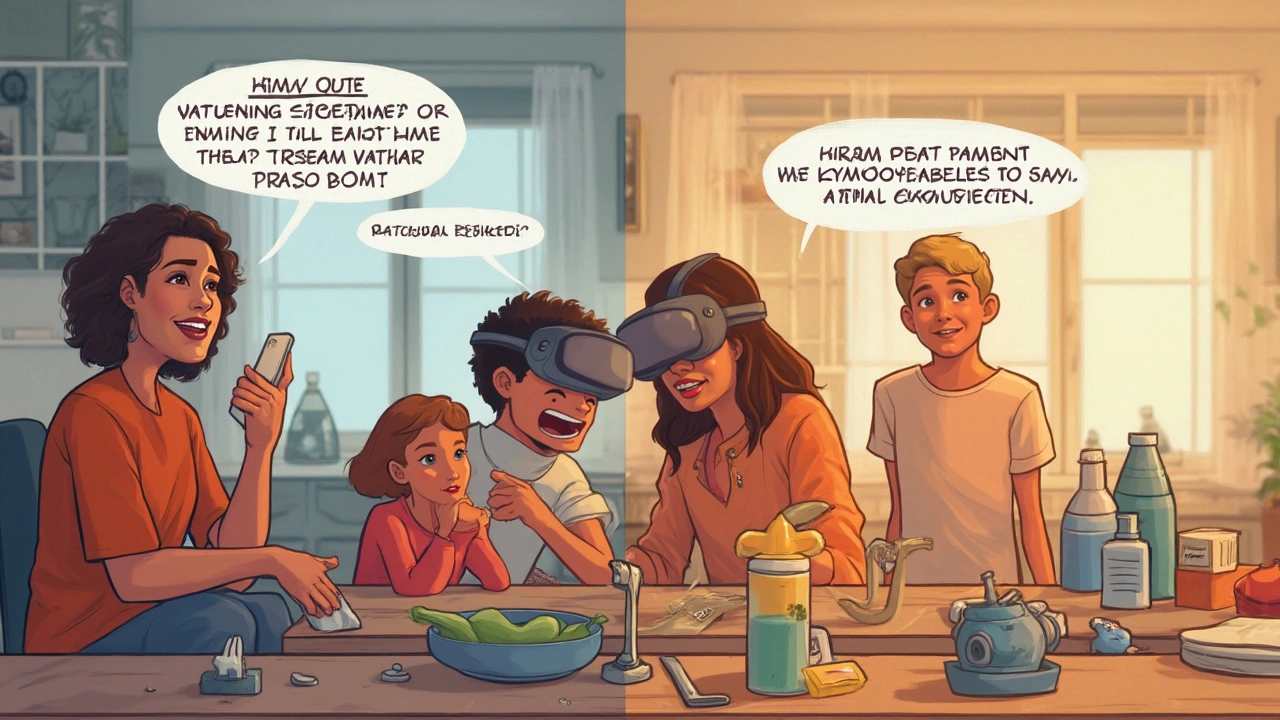
The Myths That Make Motion Sickness Worse
Let’s bust some stubborn myths that make things harder than they need to be. First, you might have heard that motion sickness means you just have a weak stomach or get nervous easily. That’s pure myth. This isn’t about willpower or embarrassment—it’s a chemical and neurological event, and even pro fighter pilots get taken down by it in flight simulators.
Another classic whopper: chewing gum or sucking on candy can keep motion sickness at bay. Sure, it might offer a distraction or keep saliva flowing, but research shows it has little real impact on the sensory signals that cause sickness. That said, nibbling on ginger (real ginger, not the sugary fake stuff) has actually been shown in clinical studies to reduce nausea for some people, especially if you eat it before you feel sick.
Then there’s the advice that reading or staring at your phone in a moving car is fine if you just "get used to it." The truth is, this is actually the fastest way to trigger nausea if you’re even a little prone to motion sickness. If you must use a device, try holding it as steady as possible and glance up at the horizon often. But don’t kid yourself: the only people who can truly ignore this advice are the ones who are naturally immune.
Many believe that seasickness can only strike on big, choppy waves—but you can get hit even on calm water. The constant little up-and-down bobbing of a glassy lake can throw your senses off just as badly as a rough ride. The size of the boat matters less than your personal sensitivity and whether you can keep your eyes on a fixed point, like the far shoreline, to help sync your senses.
Another stubborn idea: once you start feeling sick, you’re doomed for the whole trip. Not always true. Research out of the University of Maryland found that deep breathing (in through your nose, out through your mouth, counting slowly) and simple re-positioning—like moving to the front seat of the car or the midship deck on a boat—can significantly cut symptoms even after they start.
Some even say eating before a ride is just asking for trouble, but an empty stomach actually makes symptoms worse. If you haven’t eaten, stomach acid levels rise, making nausea even nastier. Stick to bland foods—a little toast, crackers, or oatmeal—before that ferry ride, and steer clear of spicy or greasy options.
One last myth: you’ll "grow out" of motion sickness by sheer exposure. While some people do adapt (what's called "habituation" in the research world), not everyone does—and repeated exposure without any relief can actually make symptoms worse for certain people. If you've tried powering through for years and nothing’s changed, it’s not in your head.

Real Solutions for Avoiding and Treating Motion Sickness
So, if you want to actually outsmart motion sickness, what works? There’s no one-size-fits-all cure, but there are proven tricks—and science is constantly tossing out outdated advice. Let’s start with where you sit. In a car, the front seat is usually smoothest, followed by the middle near the center of gravity. On a plane, seats over the wing offer less motion; on a boat, stick to the lower and central cabins. This really helps line up your senses and keep those signals straight for your brain.
Don’t underestimate airflow. Open a window when you can, aim an AC vent at your face, or step outside on a boat deck. Cool air actually reduces the severity of nausea for many people—there’s even a recent clinical trial from 2022 that logged a measurable difference in symptom severity just from cool airflow.
If you start feeling the first signs—a wave of nausea, sweating, dizziness—try to drop what you’re doing and focus on the horizon. This isn’t just an old sailor’s superstition; studies back it up. Your brain needs those stable visual cues to cancel out the chaos your inner ears are reporting. If you’re with a kid, lift them up so they can see out the window instead of staring at toys or screens in the back seat.
Medications can help, but most have side effects, and they’re best for those who know they’re prone. Over-the-counter antihistamines like meclizine or dimenhydrinate (found in Dramamine) are popular, but they’ll probably make you sleepy. Prescription patches like scopolamine are effective for longer journeys—think cruises or long-haul flights. Always follow your doctor’s advice though, since some meds interact weirdly if you already take something else.
Ginger deserves another shoutout—researchers at the University of Rochester Medical Center found that 1,000 mg of powdered ginger taken up to an hour before travel actually cut rates of vomiting in half compared to placebo during motion-heavy video games. Peppermint oil, on the other hand, isn’t reliable—so skip the essential oils hype.
Some wearable gadgets claim to stop motion sickness by zapping your wrist with gentle electrical pulses (known as acustimulation). While some people swear by these devices, study results are mixed and they work best for mild cases—or as a backup strategy.
It’s also worth looking at the stats. Check out the table below:
| Situation | % Reporting Symptoms | Most Effective Coping Strategy |
|---|---|---|
| Car ride, back seat, reading | 60% | Move to front seat, look outside |
| VR headset gaming (30+ min) | 40% | Take frequent breaks, increase airflow |
| Open sea, small boat | 70% | Stay on deck, face wind, watch horizon |
A fun trick? Pressure bands. While the evidence is spotty, some people (especially kids) say that wearing motion sickness bands—tight, elastic bands pressing on a spot above the wrist—gives enough placebo effect to make the ride tolerable. Just don’t count on it as your only fix.
Sleep matters too. A 2021 study in the 'International Journal of Environmental Research and Public Health' found that people who got less than six hours' sleep before traveling were twice as likely to experience symptoms. So, if you're prepping for a trip, ditch the late-night packing and get a full night's rest. And don’t forget hydration. Sip small amounts of water—not big gulps, as that can slosh around and make things worse. Skip caffeinated or carbonated drinks before travel; they don’t help.
Ever wonder why some people swear by acupressure? It’s hit-or-miss, but pressing on the P6 point (three finger-widths below the wrist crease) can curb mild nausea in some folks. It’s not magic, but it’s worth a shot if you’re out of other options. And if nothing works, remember: you’re not alone. NASA astronauts pack medication for the exact same reason—space adaptation syndrome (space sickness) is a real thing, even in zero gravity.
Your best bet? Plan ahead. Pack a snack, load up on podcasts or audiobooks (listening is way less triggering than reading), and stash antihistamines or ginger chews in your bag—just in case. If you’re traveling with someone who’s prone, be patient. Nobody’s faking it. And next time someone tells you to just "tough it out," you’ll know the real science—and how to keep your next journey a little less queasy.
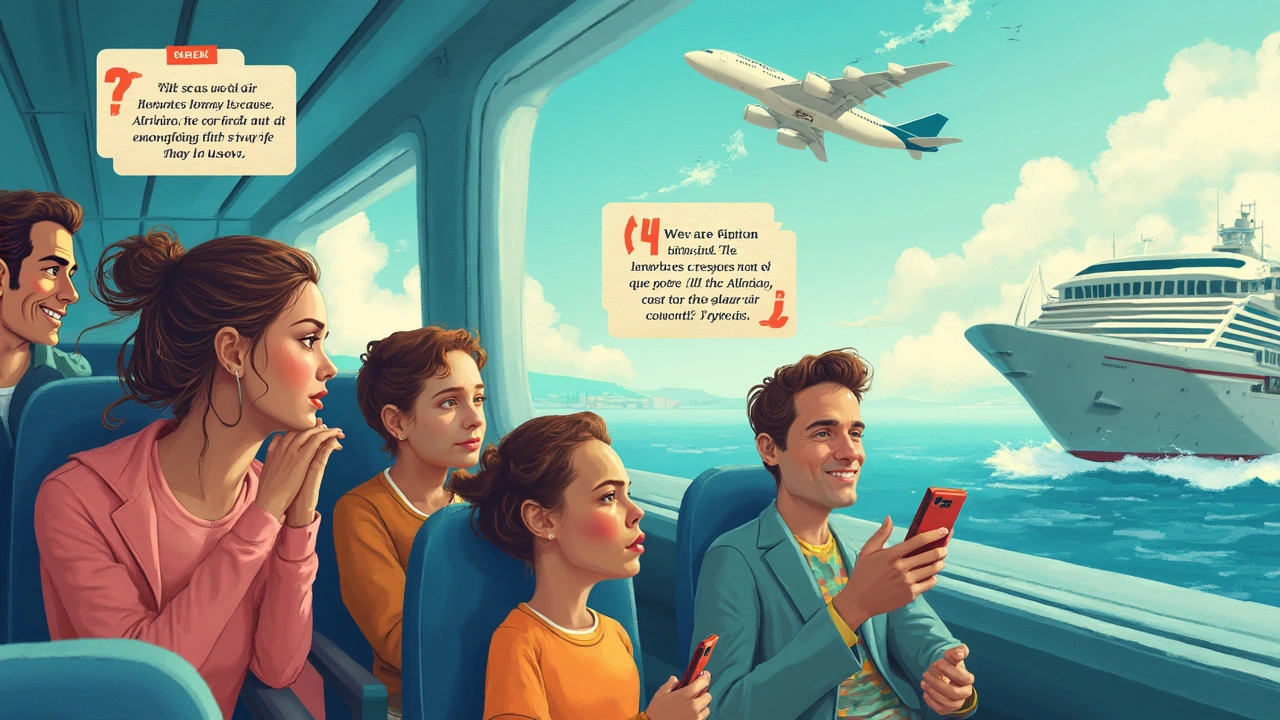

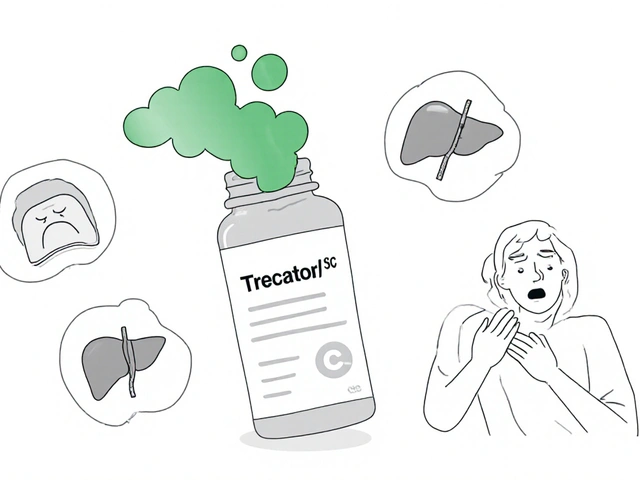
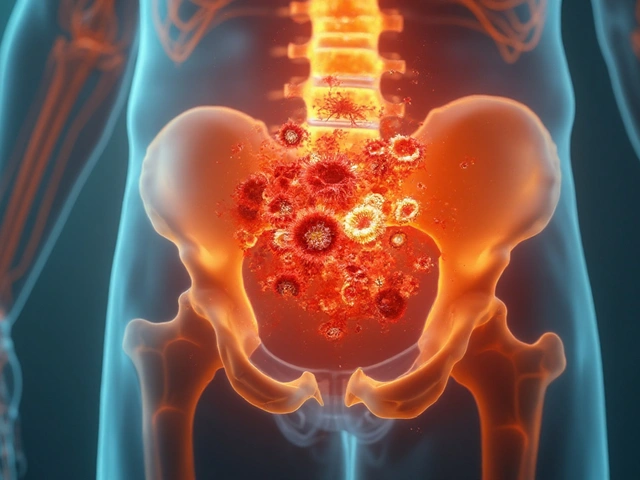
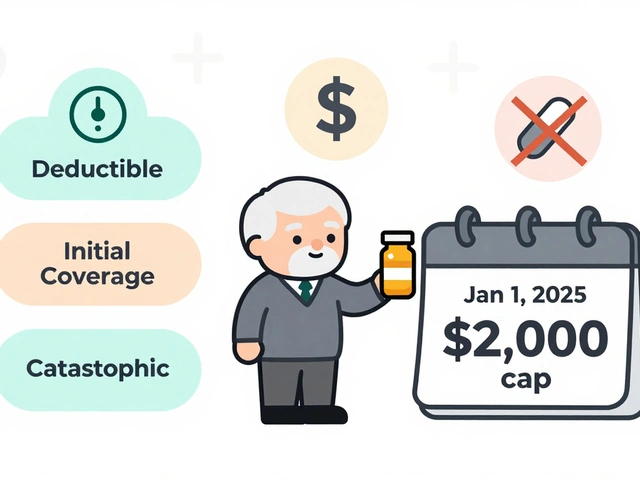

18 Comments
It is a grave injustice that so many persist in the archaic myths surrounding motion sickness. The scientific community has painstakingly mapped the vestibular system and the sensory mismatch that triggers nausea. Yet popular advice remains rooted in superstition and anecdote. One must recognize that the brain, not a feeble stomach, orchestrates this response. Ignoring the evidence only perpetuates unnecessary suffering. Therefore, we must demand that travelers adopt evidence‑based strategies rather than cling to folklore. The responsibility lies with each of us to disseminate accurate information with clarity and resolve. Let us not allow ignorance to govern our journeys.
Actually the whole "brain not stomach" thing is overblown it’s just motion you get sick from moving bodies not thoughts.
Love how this breaks down the myths 😄! The tips are super practical and I’ll definitely try the ginger before my next road trip. Thanks for the clear science!
That’s great news! I love how you kept it simple-no need for fancy jargon. Maybe add a note about staying hydrated, it really helps and most people forget. Also, watching the horizon is a classic but still works like a charm.
So you’re telling us the “drink a soda before a flight” myth is just a marketing ploy? Classic. I mean, who even believes that anymore? If you’re looking for a quick fix, a cold pack on the back of the neck works better than any carbonated drink.
Exactly. In fact, a 2022 clinical trial showed that cool airflow reduces nausea severity by 30 %. The study also found that a light snack high in carbs, like pretzels, stabilizes stomach acid better than fasting. So, skip the soda and grab a plain bagel before boarding.
That makes total sense. I’ve always just tried to sit in the front seat and look out the window.
Just get a seat on the front deck and you’re good.
Imagine the elegance of a brain that can reconcile conflicting signals-yet we reduce it to “just get used to it.” The irony is delicious: we pepper our lives with gadgets that intensify the very mismatch they claim to entertain. It’s a philosophical reminder that technology often outpaces our physiological wisdom. Still, there’s hope: simple, grounded habits can outsmart the most sophisticated VR rigs. The key is humility, not hubris.
Beautifully put! Let’s remember that inclusivity means sharing these low‑tech hacks with everyone-whether they’re on a budget cruise or a luxury yacht. A gentle reminder: the horizon trick works for kids and adults alike, so feel free to pass that knowledge on.
Indeed, the evidence is clear, and the recommendations are straightforward; therefore, one should not hesitate to implement them-especially the simple measures such as proper seating, adequate ventilation, and pre‑travel nutrition, which have been repeatedly validated in peer‑reviewed studies.
Cool air, front seat, light snack-works every time. Keep it simple.
When I first read about motion sickness, I imagined it to be a mere inconvenience, a trivial side‑effect of modern transportation, something that could be brushed aside with a pop of peppermint or a casual stare at the horizon. However, as I delved deeper into the literature, I discovered that this phenomenon is a complex orchestration of neurophysiological processes, a ballet of the vestibular apparatus, visual cues, and proprioceptive feedback, all of which can be thrown into disarray by the slightest discordance between expectation and reality. The inner ear, a labyrinth of fluid‑filled canals, sends precise signals to the brain regarding angular acceleration, yet when the eyes report a steady, unchanging scene-such as reading a book in a moving vehicle-the brain receives conflicting data, prompting a cascade of autonomic responses that culminate in nausea and vomiting. Researchers have identified that the prevalence of susceptibility follows a roughly normal distribution, with about one in three individuals classified as highly vulnerable, another third as virtually immune, and the remaining population occupying a middle ground where situational factors play a decisive role. Age is a significant variable; children, whose vestibular systems are still maturing, display heightened sensitivity, which often wanes as they approach adolescence, only to reappear under certain conditions such as pregnancy, migraine disorders, or heightened stress levels. The irony, of course, lies in the fact that the very act of controlling a vehicle-driving-can mitigate these symptoms, as the driver’s brain anticipates motion, aligning sensory inputs and preventing the dreaded mismatch. This predictive coding is a testament to the brain’s adaptability, a capacity that can be harnessed through strategic choices such as sitting in the front seat, focusing on distant fixed points, and ensuring adequate airflow. Furthermore, the role of dietary preparation cannot be overstated; a modest intake of bland carbohydrates stabilizes gastric acidity, whereas an empty stomach exacerbates the nausea cascade. The pharmacological arsenal, ranging from antihistamines like meclizine to scopolamine patches, offers relief but often at the cost of sedation, highlighting the need for individualized treatment plans. Non‑pharmacologic interventions, such as acupressure at the P6 point, have demonstrated modest efficacy in certain cohorts, suggesting that even the peripheral nervous system can be recruited to dampen the emetic response. In the realm of virtual reality, the term “cybersickness” has emerged to describe the same sensory discord, where visual immersion conflicts with the body’s stationary state, reinforcing the universality of the underlying mechanism. Moreover, emerging technologies, such as gentle wrist‑stimulating devices, have shown promise, albeit with mixed results, underscoring the necessity for rigorous, double‑blind trials. Sleep, hydration, and the avoidance of carbonated or caffeinated beverages constitute yet another pillar of prophylaxis; insufficient rest doubles the risk of symptoms, a finding corroborated by recent longitudinal studies. Finally, the social dimension deserves attention: travelers often feel embarrassed or dismissed when they experience motion sickness, yet recognizing it as a legitimate physiological response can foster empathy and better support. In sum, motion sickness is not a trivial quirk but a multifaceted challenge that demands a combination of behavioral, nutritional, pharmacologic, and technological strategies, each tailored to the individual’s susceptibility and context.
Wow, that was a marathon of info 😅! I love how you folded in the VR angle-totally hits home for gamers. Just a heads‑up: the wrist‑stim devices can sometimes feel like tiny electric hugs, which some folks find weird 😂.
Definately not all that new, this whole vestibular thing has been teached for decads. The real issue is people ignore the basic advice-stay front, keep air flow and dont overthink.
Honestly, reading all this makes me feel a little overwhelmed, like the world is out to spin me.
It is unacceptable that some choose to ignore basic science in favor of myths; such negligence only harms the vulnerable.
Data shows over 70% experience symptoms in small boats the data is clear the advice is simple.